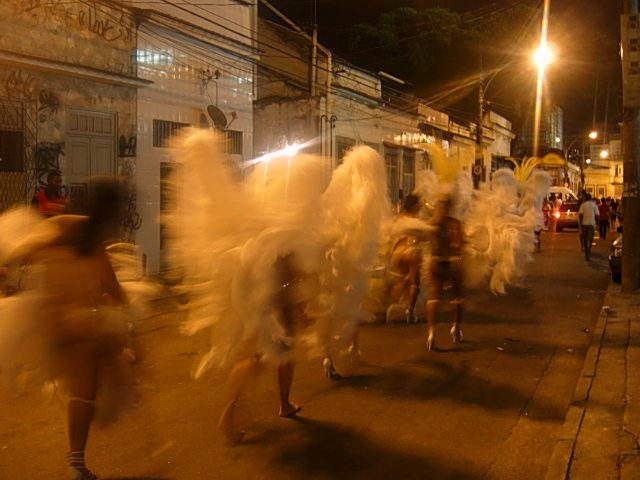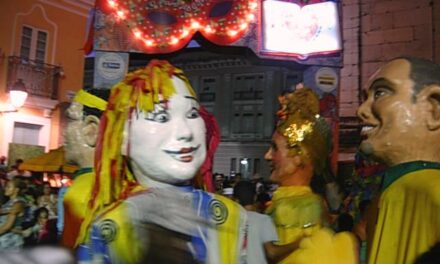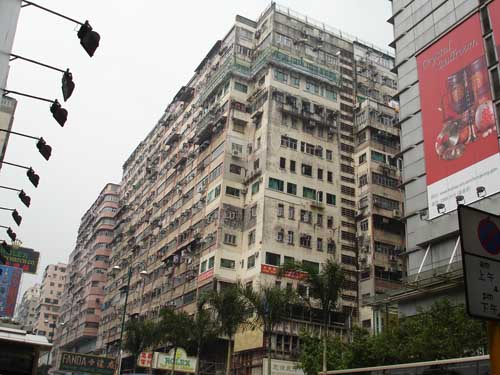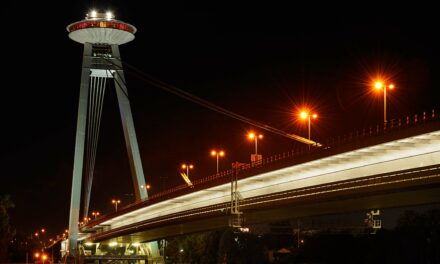On a narrow coastal plain, between the foothills of Brazilian Highlands and the Atlantic Ocean, peaks the dramatic setting of Rio de Janiero. Often called Cidade Maravilhosa, the marvelous city, for its verdant hills and crescent shaped beaches has long been the darling of early Portuguese settlers. Descriptions of its beauty are by no means an exaggeration and today visitors from around the world adore its natural extremes.
Many of the best vistas loll in monolithic hill clusters made of granite and quartz rising from the water’s edge. The conical peaks call for hang gliders to strap on their rainbow wings and float in the air like gulls for hours at a time. They must take precaution however, as glass-walled bubble cars zip along endless cable lines roping the peaks of Pão de Açúcar and Morro da Urca. For nearly a century they have offered passengers 360-degree breathtaking views of forest canopies, jumbled concrete and curving coastlines. Pão de Açúcar, resembling the shape of concentrated refined loaf sugar, served as an inspiration for the James Bond film, Moonraker, where Agent 007 and the assassin dangle on a cable car.
Rio’s most famous panoramic views are from Christ the Redeemer on Mount Corcovado. The iconic monument is considered the largest art deco sculpture and fifth largest Jesus statue in the world. It can be reached by taxi or by funicular through a wildlife sanctuary, an Amazonic replica not in scale but in beauty. Disembarking at an old station, near a staircase leading to the foot of the statue, is a mere steeply climb along a course of multilayered habitation plant communities. Foot-long lizards sneak between feet, unnoticed. Black birds fly in geese pacts. Wildlife is busy, unaffected by the landmark that in 2008 was struck by lightning during an electrical storm. Damages made to the head, eyebrows and fingers are nearly invisible. Like in any other metropolitan city, statues of grandiose size and proportion survive natural disasters leaving little room for rumblings of dissatisfaction.
Cityscape vistas are best discovered from Rio’s shantytowns, called “favelas.” The small pockets of dingy slum housing tumbling down from many of the city’s hilltops have become favorable cultural destinations. Previously inaccessible because of geography rigor and a long history of poverty and drug abuse, favelas redefined urban space to make room for a growing city, leveling hills or digging tunnels through them. They also reclaimed parts of the surrounding of Guanabara Bay; its beaches, including Ipanema and Copacabana, are sometimes off limits to swimmers because of high levels of fecal coliform bacteria.
Many of its native residents, the poorest cariocas are no longer pushed uphill. They hardly barricade themselves inside red-orange brick and mortar, and creep out with bandit gangs. Instead they sit tourists on motorbikes, strapping them in helmets, before circling around houses tiled with Portuguese porcelain, gardens planted with coconut and banana trees, and roadways paved with fresh asphalt. Foreign entrepreneurs take advantage of new market opportunities, hanging new electrical wires to light their hostels, mantling water containers to supply their bars. Inside the favela that climbs the apron of the Sheraton hotel, in nearby Leblon district, an Austrian charges the nightly rate of a private apartment suite in Ipanema. But guests enjoy free aerial views, cheap food, Cachaça sugar cane rum and Afrocentric soul and funk music.
However it is the beaches that thrive as the spiritual, emotional and economic outlet for everyone. Scores of tanned denizens flaunt their curves while smaller groups of men work out on parallel bars set in sand along Ipanema and Copacabana. Young children, with their uncharacteristic optimism, hip-twist to sound beats throbbing from juice huts. The kiosks, fully seated, stacked with green coconuts, umbrellas and beer tap machines, spark the party in time for volleyball and soccer meets, and shift-changing between valet, doormen and garbage collectors. These small establishments become an escape from social inequality that makes no sense, where service costs less than the average price for a juicer or refrigerator.
Cutting across the busy, downtown part of Rio, the Avenida Presidente Vargas, three times the width of New York City’s Fifth Avenue, is an unforgettable experience. The avenue is of paramount importance to the city center, spearheaded by German engineers known for their rigor in mathematical patterns. Wide lanes cut at right angles for the most part, giving room for the four-way movement of vehicles, where old Volkswagen and air-conditioned buses zip past cabbies. The monumental thruway connects central downtown districts. Formerly cluttered red-light district of Lapa becomes easily accessible during Carnival season, where a conglomeration of half-amillion people twirl and bend to Samba music.
Rio impresses in waves. The city’s endless transformation is directly related to the country’s booming economy, reduction of crime and discovery of offshore oil. It also has something to do with the energy brought to the city after it was chosen for the 2014 World Cup finals and the 2016 Olympics. Rio’s rebirth hasn’t altered its culture, nor its natural landscape. Rather it opened new, dynamic spaces for citizens and tourists to visit. Though geography and class still define the city, revival will continue.
Full featured article in RagMag May 2012 (PDF)
[issuu width=420 height=282 pageNumber=126 backgroundColor=%23222222 documentId=120605125752-10f6b5d041a04edb937424fe81fc9fb7 name=ragmag_may_2012 username=ragmag tag=cartier unit=px v=2]








